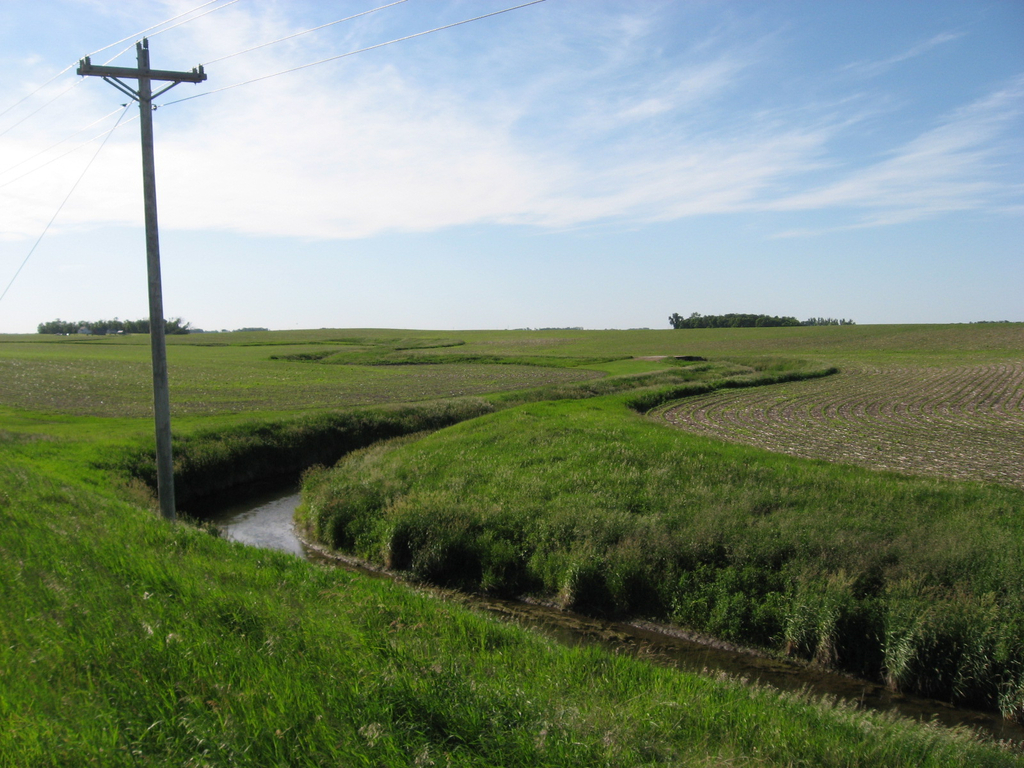
- Details
- By Tribal Business News Staff
- Food | Agriculture
The Department of Agriculture began taking applications for its Continuous Conservation Reserve Program on Jan. 12.
The Continuous CRP program allows landowners and agricultural producers to partner with the Farm Service Agency (FSA) to implement conservation practices in exchange for rent payments on the affected land.
Landowners and producers who sign up for the program — including Tribal governments — work with the FSA to develop agreements that encourage the use of practices like rebuilding wetlands, planting pollinators, and riparian buffers. The agreements aim to achieve environmental preservation goals, like restoring or establishing wildlife habitats, improving grassland productivity, enhancing water and air quality, or reducing soil erosion.
“Continuous CRP is one of the best conservation tools we can provide producers and landowners,” FSA Administrator Zach Ducheneaux (Cheyenne River Sioux Tribe) said in a statement. “Whether a producer wants to focus on water quality benefits or work with one of our partners to address a natural resource concern in their area, the program offers many options to help you meet your resource conservation goals.”
Rental payments are priced based on the counties where agreement lands are located, though the per-acre annual agreement rate can’t exceed $300. Producers who successfully enter into CRP agreements are given a sign-up incentive payment totaling 32.5 percent of the first year’s payment at the time contracts are signed. Finally, the FSA will cost-share up to 50 percent of the costs of installing the practice.
Tribal governments became eligible for the program in 2022, following CRP agreements between the FSA and the Cheyenne River, who were authorized for up to 1.5 million acres, Oglala Sioux, who were authorized to enroll up to 1 million acres, and the Rosebud Sioux Tribe, who were authorized to enroll up to 600,000 acres. The tribal agreements are expected to last between 10 to 15 years.
In all three agreements, partnered practices were aimed at improving grassland productivity and preserving soil and wildlife habitats. Tribes agreed to maintain existing vegetative cover of permanent grasses and legumes, while retaining their rights to common grazing practices and foraging and seeding operations.
Lands owned by the tribe or owned by a member of a tribe entered into a CRP agreement are eligible for the program. Tribal governments or tribal members who want to learn more and check their eligibility for a CRP agreement are encouraged to contact the FSA at their local USDA Service Center, per a USDA statement.
“This is a historic milestone for USDA and will substantially bolster our efforts to deploy climate-smart agriculture and conservation in the Great Plains,” said Scott Marlow, Senior Advisor to the FSA Administrator and then-Deputy Administrator for Farm Programs, in a Nov. 2022 statement. “It is vital that programs like CREP are not just available but also accessible to all agricultural communities. These agreements underscore not only our strong commitment to equity, but also the vital contribution Native communities make to our country’s agriculture and conservation efforts.”
